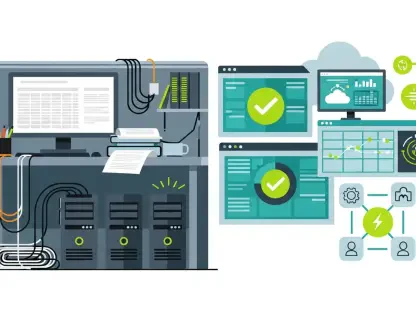Credit card processing is an essential aspect of modern commerce, allowing businesses to effectively interact with clients who prefer digital payments. Within high-risk industries, though, credit card processing is fraught with complexities, influencing business operations in ways both challenging and promising. Industries traditionally categorized as high-risk, such as gambling, cannabis, and adult entertainment, face particularly unique challenges due to their vulnerability to financial instabilities, regulatory scrutiny, and frequent chargebacks. This report delves into whether these high-risk businesses can leverage credit card processing to overcome hurdles and achieve profitable growth.
Overview of High-Risk Industries and Credit Card Processing
High-risk industries are often characterized by regulatory challenges, controversial business models, and fluctuating consumer demands. Typical sectors include weapons manufacturing, tobacco, gambling, and pharmaceuticals, each facing significant scrutiny and regulatory constraints. Despite these challenges, credit and debit card processing remains vital for customer satisfaction and enterprise financial vitality. The technological influence is undeniable; advancements in payment processing technologies have heavily impacted these sectors, supported by key players like PayPal and Stripe, which navigate the complex regulatory landscape through innovative solutions.
The regulatory environment surrounding high-risk industries can be daunting, with stringent contracts and higher fees imposed on businesses. The legal complexities of industries such as cannabis exemplify the ongoing challenges businesses confront. As a result, businesses with sound credit histories and low chargeback rates find themselves at an advantage, potentially qualifying for more favorable merchant account conditions. However, those entrenched in high-risk environments must adhere to additional compliance requirements, managing risks with an aim to qualify for better rates in future transactions.
Market Trends and Future Opportunities
Emerging Trends Impacting High-Risk Industries
The landscape of high-risk industries is undergoing dynamic shifts, driven by emerging technologies and evolving consumer behaviors. Blockchain technology, for instance, presents significant transformations within cryptocurrency and financial sectors. Consumer interest in digital currencies and alternative payments illuminates new market opportunities, urging high-risk businesses to adapt promptly. With consumers gravitating toward transparency and security, there’s an accelerated drive for businesses to incorporate stringent fraud prevention measures and enhance consumer trust.
Market Data and Growth Projections
Data reveals consistent growth trends within high-risk sectors as businesses integrate emerging technologies and capitalize on shifting consumer expectations. Forecasts suggest expanded market sizes and increased demand in sectors such as e-commerce and cryptocurrency from 2025 onward. Moreover, key performance indicators reveal potential gains for businesses exercising strategic planning and responsive adaptation. These projections illuminate prospects for growth, albeit requiring businesses to navigate complexities pertaining to regulatory adjustments and potential legal changes.
Challenges and Complexities in Credit Card Processing for High-Risk Businesses
High-risk businesses encounter numerous challenges in securing favorable credit card processing arrangements, often facing technological, regulatory, and market-driven hurdles. The increased likelihood of chargebacks, coupled with heightened fraud risk, attributes to contractual restrictions and elevated fees. These obstacles necessitate innovative strategies, such as employing fraud detection technologies and chargeback management tools, to alleviate risk exposure and enhance business operations. Solutions lie in partnering with processors experienced in high-risk landscapes, facilitating smoother navigation through regulatory constraints and bolstering operational agility.
Regulatory Landscape and Compliance
The regulatory demands in high-risk industries are considerably intricate, with businesses needing to comply with significant standards and laws that continue evolving. Compliance measures play a strategic role, urging businesses to adopt practices enhancing security and reducing liability risks. The scope encompasses both domestic and international regulations, shaping industry practices and heightening scrutiny. Ensuring adherence becomes crucial, with regulatory changes posing potential disruptions yet offering scopes for improved operational frameworks.
Future Prospects of High-Risk Industries
The trajectory of high-risk industries looks promising with new technological advancements and evolving market landscapes redefining business prospects. Innovations in sectors such as cryptocurrency and digital banking continue to pave pathways for growth, highlighting potential market disruptors and consumer preferences shaping future demands. Factors such as stringent regulations, economic conditions, and heightened consumer expectations drive high-risk sectors toward innovation. Businesses capable of meeting these demands may find themselves well-positioned for growth, tapping into emerging niches and international markets.
Conclusion and Recommendations
The findings underscore both challenges and opportunities within high-risk industries concerning credit card processing. Although high-risk businesses face multifaceted obstacles, profitable growth is achievable through strategic processing partnerships tailored to industry-specific requirements. Insights suggest that businesses leveraging seasoned processors can effectively manage complexities associated with chargebacks, fraud prevention, and regulatory compliance. Navigating these intricacies thoughtfully positions high-risk sectors toward a sustainable trajectory, rooted in technological advancement and responsive adaptation to change.









